The Air Force says it may consider about 1,600 non-deployable active-duty airmen for separation under the Defense Department’s new, strict policy on troop readiness.
That number is far lower than might be expected, given the Pentagon’s assessment, announced Oct. 2, that 126,000 total force service members are at risk under the new “deploy or get out” policy announced last year, which formally took effect Oct. 1, the start of the fiscal year.
In an Oct. 3 email, Air Force spokeswoman Erika Yepsen said the service is still building the process under which it will review the service of airmen who have not been able to deploy for more than 12 consecutive months.
Those non-deployable airmen could be evaluated for a retention determination or referred to the Disability Evaluation System, or the Air Force could start processing their administrative separation, depending on each airman’s individual circumstances and what is in the best interest of the service, she said.
RELATED
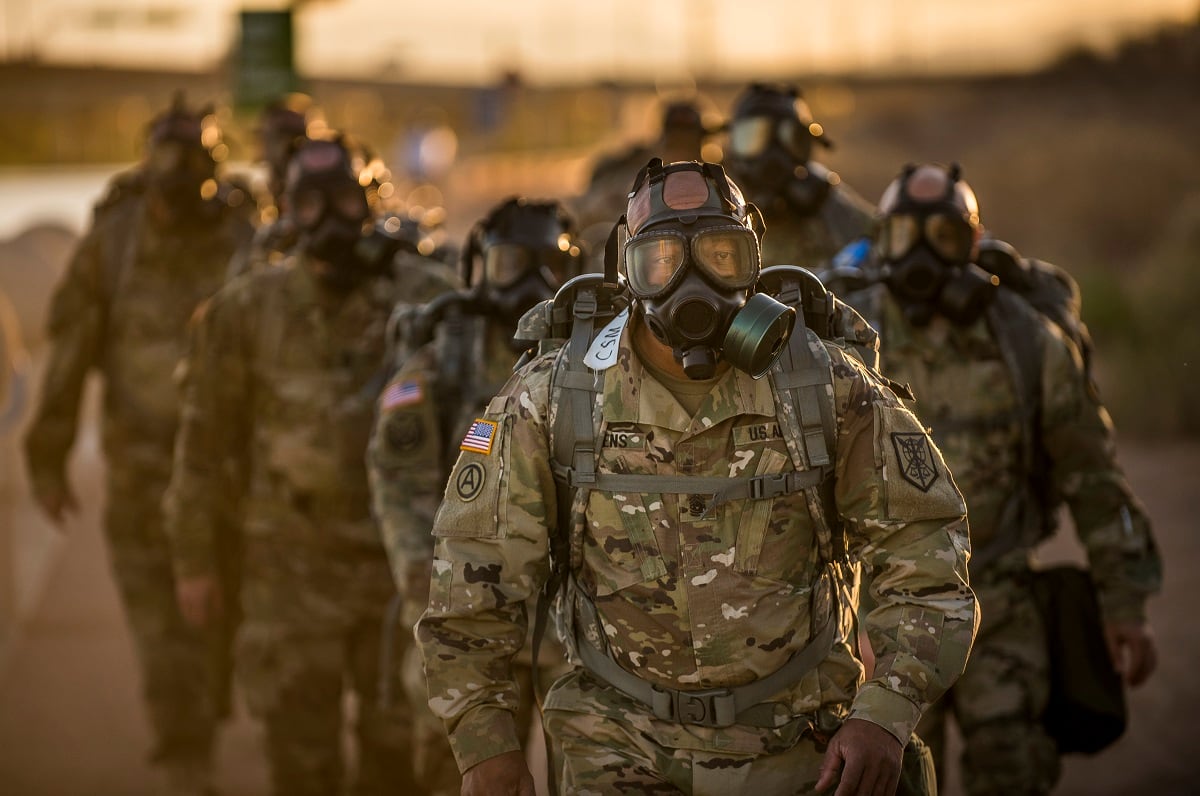
Air Force officials say the updated policy guidance is expected to be finished in late 2018, and commanders will continue to follow existing procedures until then.
Air Force personnel chief Lt. Gen. Brian Kelly, in a statement Oct. 3, stressed that the process will not be an “automatic separation policy” for non-deployable airmen — some airmen will still be able to stay in and do their jobs, even if they’re not technically able to deploy.
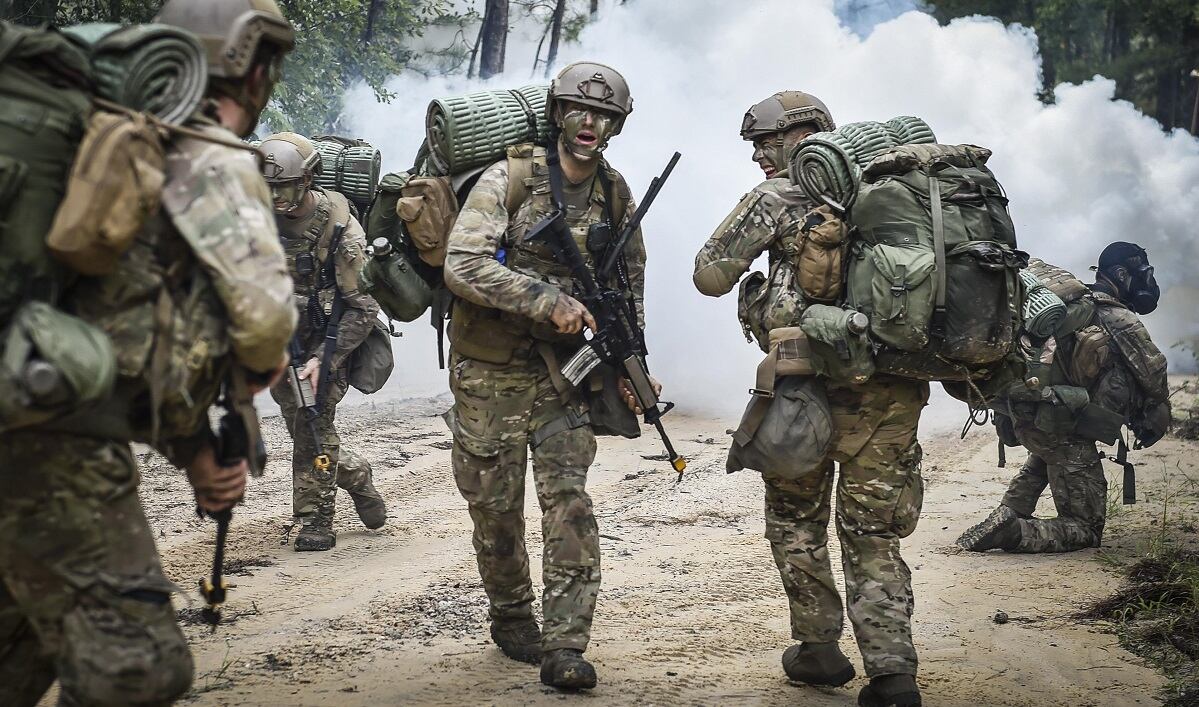
“It’s a process, similar to what we already do today, that allows us to evaluate our non-deployable airmen to determine if their continued service is compatible with, and can meet the requirements the nation expects of us as an Air Force,” Kelly said. “In some cases, we’ll have airmen who can meet these requirements and fulfill requirements without being deployable. The process we create will take care of all airmen while recognizing and ensuring we have a fair and equitable deployment process across our Air Force.”
The Air Force was not able to provide statistics on how many Guard and Reserve airmen might be considered.
RELATED
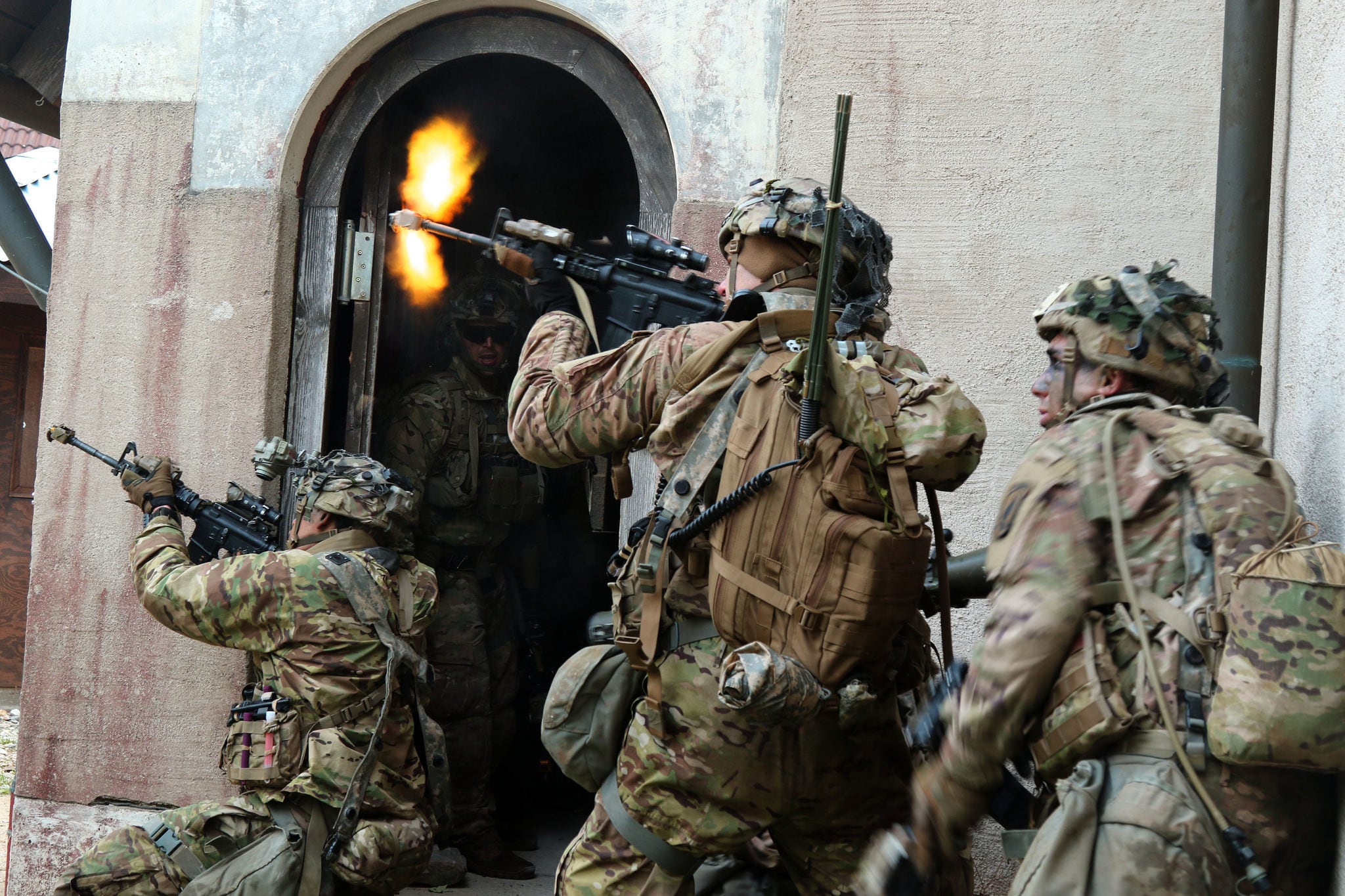
The number of at-risk non-deployable airmen comprises just 0.5 percent of the 325,100-strong active-duty force. It does not include airmen who are currently non-deployable, but are likely to regain their deployable status before the 12-month deadline — for example, someone with a broken leg, who is likely to heal within a few months.
However, an airman who does a job that rarely, if ever, deploys — such as a missileer in a nuclear weapons silo — and will likely be non-deployable for a lengthy period of time would be considered as part of the 1,600, even if the review determines that airman doesn’t have to deploy to get the job done and should be allowed to stay.
The Pentagon’s estimate that 126,000 active duty, Guard and Reserve members, excluding trainees, were non-deployable at the end of August represents roughly 6 percent of the total force. It included service members who were both permanently and temporarily non-deployable.
Most of those troops were unable to deploy for medical reasons. About 66,000 had illnesses or injuries making them unable to deploy, and 24,000 are considered permanently non-deployable and are pending a disability evaluation that could lead to their transition out of the military.
ONE DEPLOYMENT AFTER ANOTHER
Some parts of the Air Force have already begun taking a hard look at who is, and is not, deployable as they seek to relieve the burden of airmen who have done most of the warfighting in recent years.
The Air Force has become increasingly worried about the pressure of regular, repeated deployments on airmen in jobs such as AC-130 gunner.
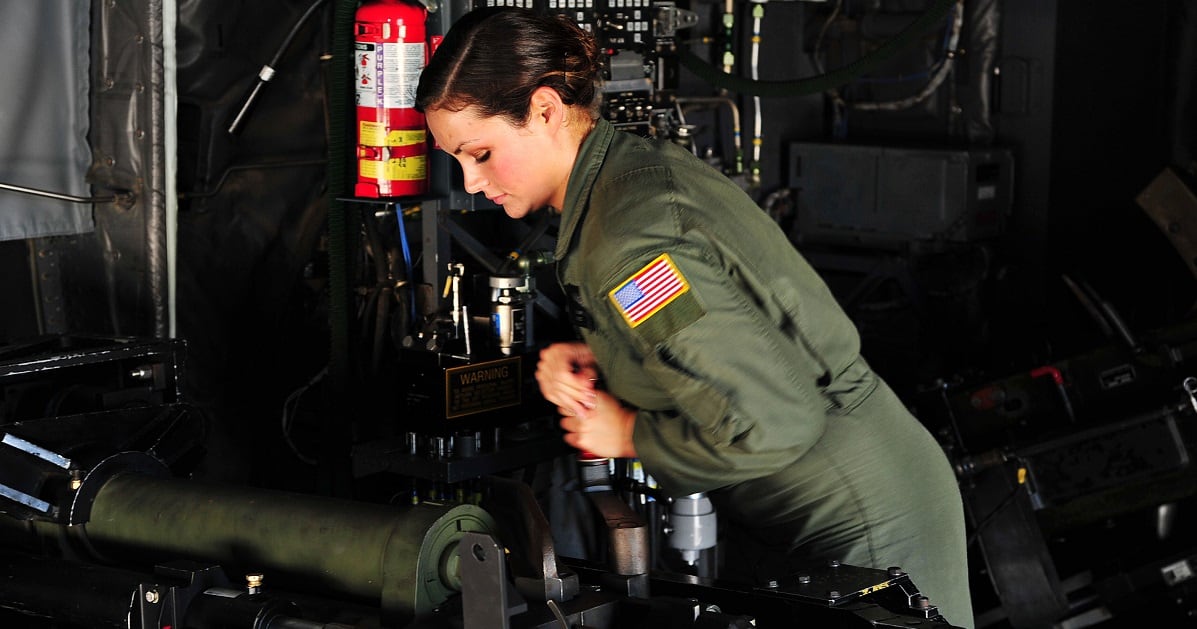
These specialized, crucial jobs are frequently in high demand as the Air Force wages war in the Middle East, but the number of airmen who can do them is limited. As a result, some airmen go back time and time again. That has led Air Force Secretary Heather Wilson to publicly express her concerns about stresses in the force.
“We’re burning out our people,” Wilson said at a news conference last November. She noted that she had met one airman who had just returned from his 17th deployment. “At some point, families make a decision that they just can’t keep doing this at this pace.”
Chief Master Sgt. Gregory Smith, command chief of Air Force Special Operations Command, told Air Force Times in an interview last year that AFSOC was taking a hard look at airmen’s deployability status as part of an effort to relieve stress on airmen. Smith said AFSOC reviewed AC-130 airmen who were medically deemed not mission-ready and non-deployable.
Some of those non-deployable airmen actually wanted to go overseas, Smith said, but were held back due to minor medical issues. So AFSOC sought to fix those airmen’s problems and clear their way to deploy.
Other AFSOC airmen, who had more serious medical issues, were moved to different jobs at places like headquarters. Smith said those moves freed up slots for new airmen who were able to deploy.
THE CLOCK IS TICKING
“Deploy or get out” was an early policy priority of Defense Secretary Jim Mattis to improve the overall readiness of the U.S. military. It was formalized in February and gave the services until Oct. 1 to prepare to hold troops accountable. Those intervening months also gave troops time to get rid of administrative, legal or medical blocks that might have previously kept them in a non-deployable status.
“As Secretary Mattis has said before, ‘Every action will be designed to ensure our military is ready to fight today and in the future,’” Pentagon press secretary Dana White said. “This new department-wide retention policy is based on the underlying premise that in order to build and maintain a ready, lethal force, all military members must be deployable.”
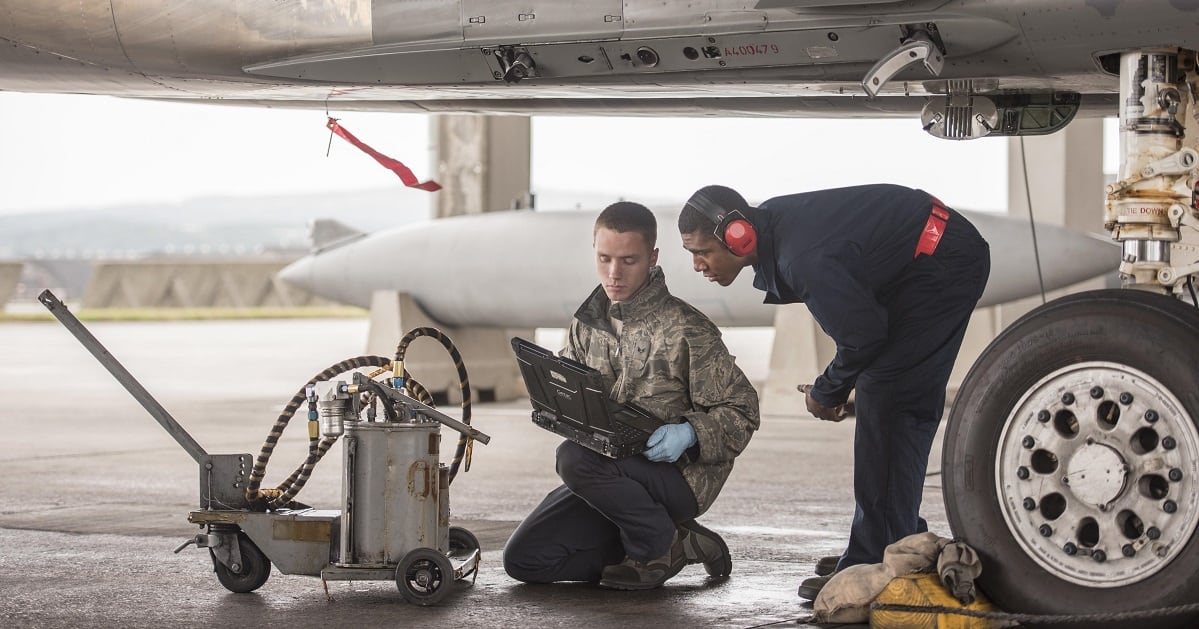
There are some exceptions. Pregnant and post-partum service members are exempt, as are service members whose injuries were a result of combat operations. Other exemptions may be granted by the service secretaries on a case-by-case basis.
The policy was put in place to stop service members who had learned to game the system to keep from deploying, which put a harder burden on those who continued to fill open spots.
It’s that disparity the policy is trying to address, said Master Sgt. Rob Couture, a spokesman for the Joint Chiefs of Staff.
“We’re trying to get after fairness,” Couture said.
— Pentagon Bureau Chief Tara Copp contributed to this story.
Stephen Losey is the air warfare reporter for Defense News. He previously covered leadership and personnel issues at Air Force Times, and the Pentagon, special operations and air warfare at Military.com. He has traveled to the Middle East to cover U.S. Air Force operations.





